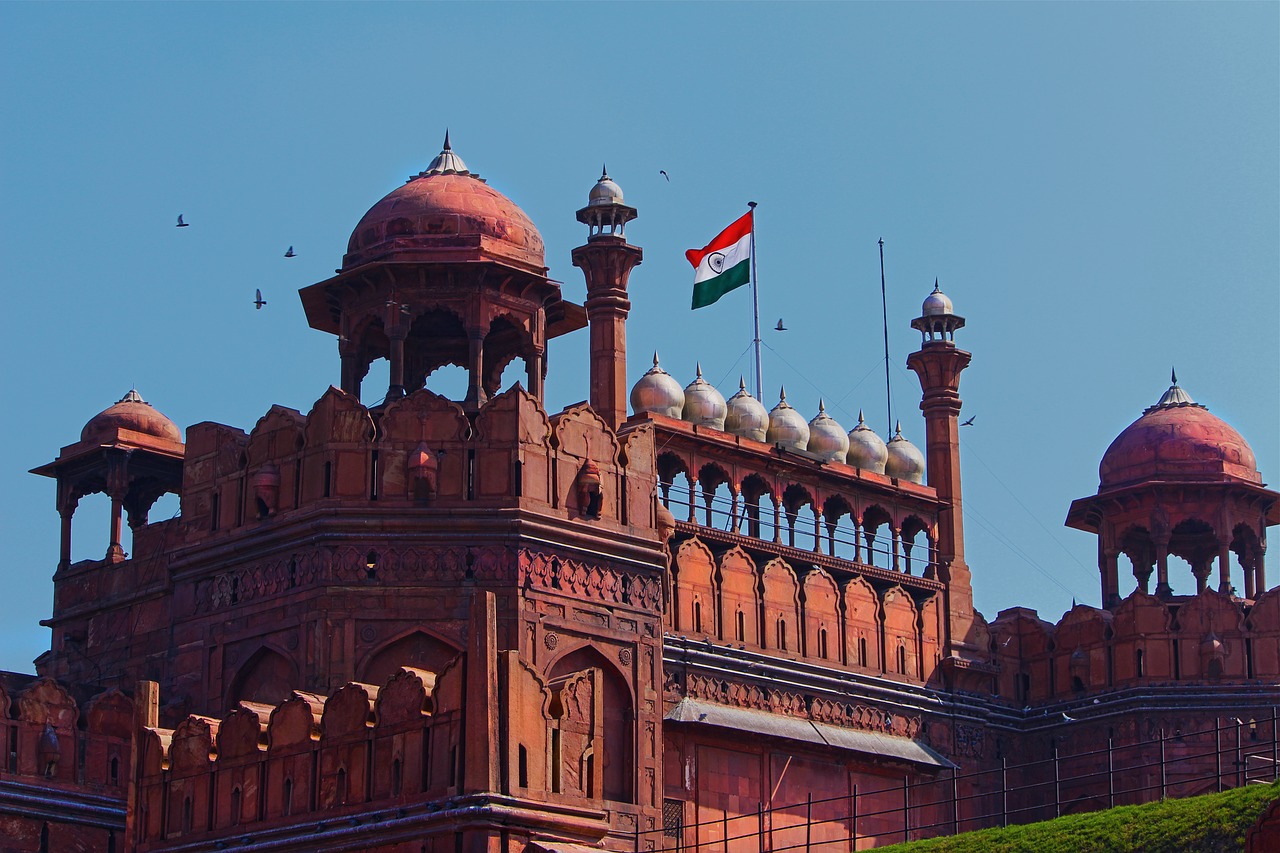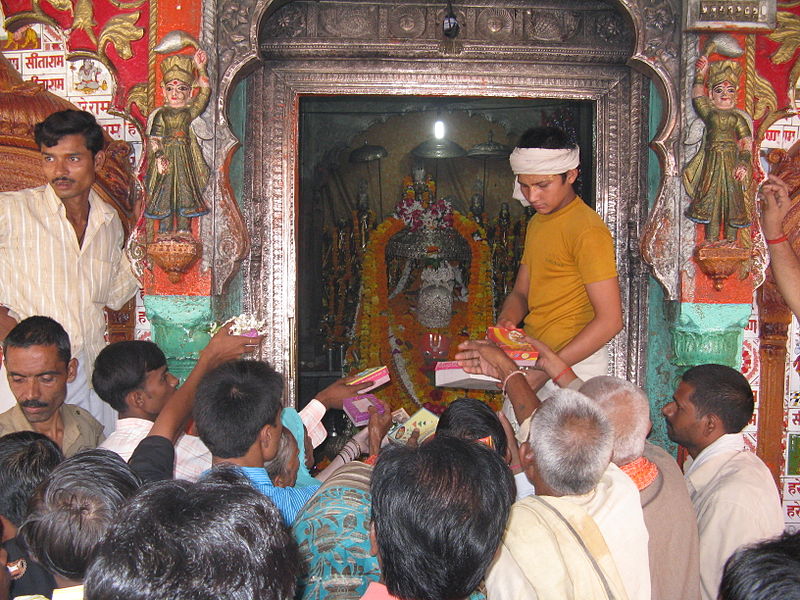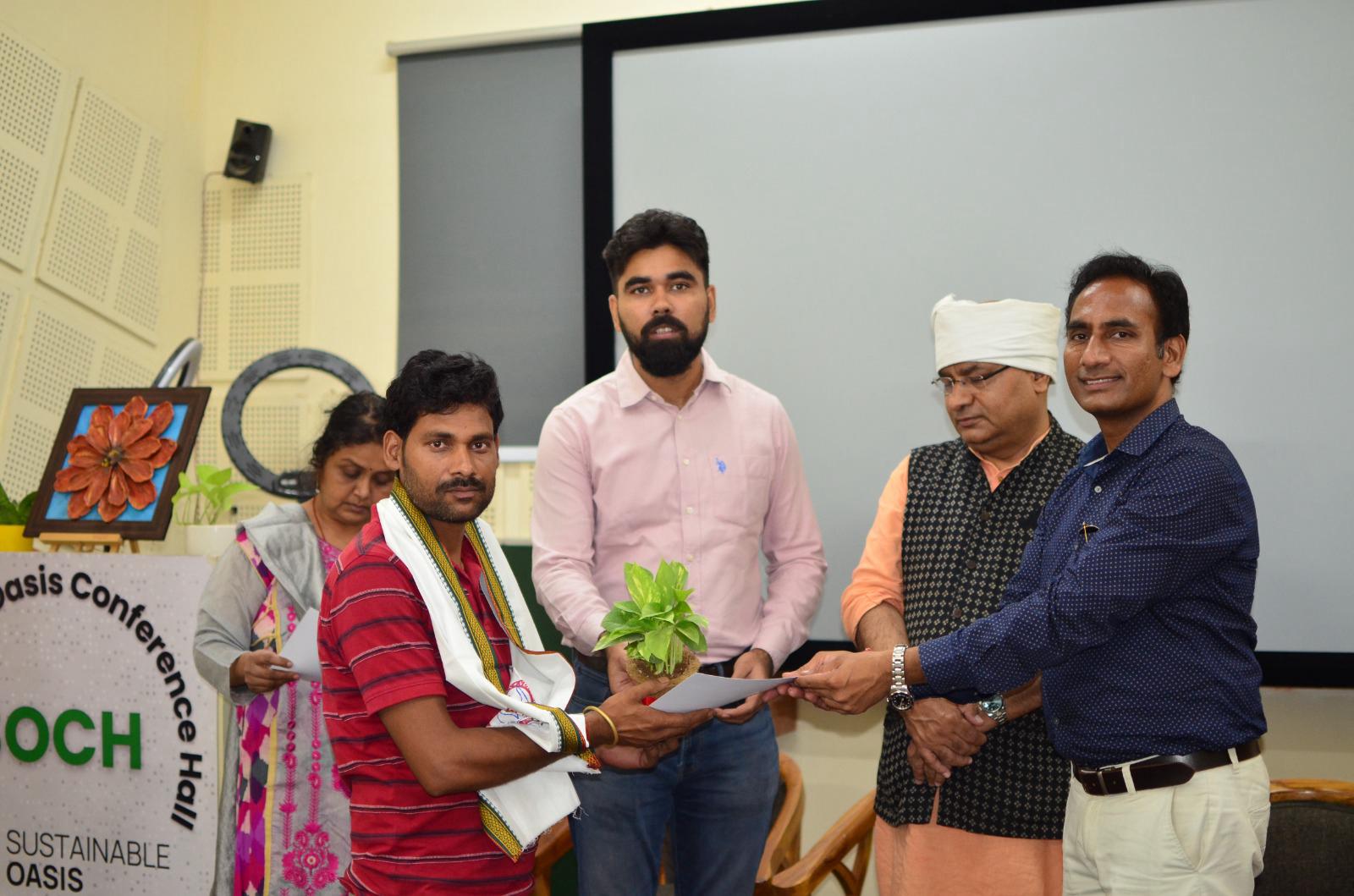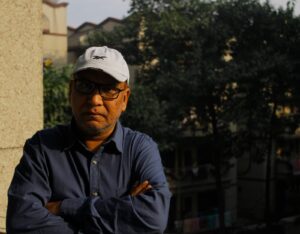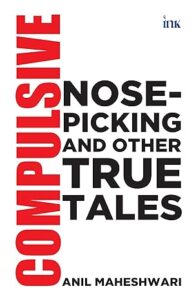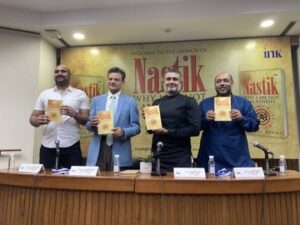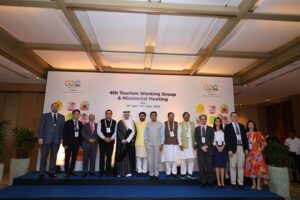Operation Sindoor: A military success, a political half-success
Operation Sindoor was a proud moment for India’s armed forces, but not for the political leadership
Ravi Shanker Kapoor | June 12, 2025 7:35 pm

Picture courtesy: PIB
Operation Sindoor has rightly been hailed as a resounding tactical and operational success, showcasing careful preparedness, foolproof planning, and meticulous execution by India’s armed forces. Militarily, the operation achieved its immediate objectives: it struck key targets across the Line of Control (LoC), inflicted considerable damage on militant camps and support infrastructure, and demonstrated India’s capability and will to respond decisively to cross-border terror provocations. However, despite this successful execution on the battlefield, Operation Sindoor remains a political half-success, especially because the cessation of hostilities as announced on May 10 was quite premature.
The stated aim of the operation was to destroy the terrorist infrastructure responsible for orchestrating attacks on Indian soil. While this appeared to be a reasonable and necessary goal, this was deeply flawed. The flaw lay in a critical misjudgment: the assumption that the terrorist infrastructure in Pakistan is a separate, detachable entity, isolated from the country’s powerful military establishment. The reality, however, is that such infrastructure is intertwined with the military.
Pakistan’s military is not merely a professional institution tasked with defending its borders. Over decades, it has morphed into a state within a state, wielding enormous influence over foreign policy, domestic governance, and economic resources. Crucially, it has developed an intricate and symbiotic relationship with jihadist elements in the region. These groups—Lashkar-e-Taiba (LeT), Jaish-e-Mohammed (JeM), et al—have been nurtured, protected, and deployed by the Pakistani military and intelligence apparatus as instruments of asymmetric warfare, particularly against India.
Worse, the infrastructure that supports terrorism in Pakistan is not confined to a few isolated camps or hidden caches of weapons. It is embedded deep within the very fabric of Pakistani society and state institutions: jihadists are not the fringe but the mainstream. From religious seminaries where radical ideologies are disseminated, to the intelligence officers who provide logistical support and training, to media outlets that rationalize and even glorify jihadist violence—this network is vast, diffused, and deeply entrenched. In some parts of Pakistan, especially in Punjab and the tribal areas, these groups enjoy local support and legitimacy. In others, they are simply tolerated by a state too complicit—or too weak—to dismantle them.
Thus, when Indian policymakers set the objective of destroying the “terrorist infrastructure,” they are chasing a mirage unless they are prepared to acknowledge and confront the reality that this infrastructure is, in effect, the Pakistani military establishment itself. No surgical strike or limited cross-border operation, however bold or precise, can fundamentally change this equation.
This political miscalculation has deep consequences. By focusing on tactical victories and symbolic responses, India limits itself to actions that might wound Pakistan but cannot cripple its capacity to sustain and support terrorism. Operation Sindoor inflicted pain, certainly—it sent a clear message that India is willing to escalate costs for terror attacks. But it stopped short of altering the strategic balance. The message was sent, but the adversary remains intact and resolute.
There is a larger, more troubling pattern at play here. Time and again, India has been denied the opportunity to secure a complete victory over its adversaries, not because of a lack of capability, but because of political timidity and short-sightedness. In 1971, our armed forces defeated Pakistan but the military victory could not be translated into political success and the resolution of the Kashmir issue in our favor.
The 1999 Kargil conflict was a tactical military success, but Indian forces were pulled back under international pressure, leaving the larger issue of Pakistan’s strategic behavior unaddressed. The 2008 Mumbai attacks were met with diplomatic posturing and restraint, despite overwhelming public anger. And now, Operation Sindoor has once again highlighted this gap between military achievement and political will.
The argument that inflicting “costs” will deter terrorism may sound logical in conventional warfare. But it does not hold up against ideologically motivated jihadist groups who consider martyrdom a virtue and death in combat a gateway to paradise. These are irrational non-state actors; state actors are no better. The fear of retaliation deters none of them; they are driven by a zealotry that views suffering as a test of faith and victory as divine destiny. No number of strikes or warnings will dissuade them as long as the state that nurtures and protects them remains unscathed.
The only way out is the dismantling of Pakistan—which, at any rate, just means Punjab. Balochis, Sindhis, and Pathans anyway dislike Punjabis and want their nations. We broke Pakistan once; we could have done that again, as its air defence had collapsed. The objective of Operation Sindoor was a half-measure; consequently, so was success.
Operation Sindoor was a proud moment for India’s armed forces, but not for the political leadership. If we are to honor our soldiers’ sacrifice and bravery, we must ensure that their victories are not squandered by political indecision and strategic naivety. Until India confronts the full complexity of the threat it faces—from across the border and within—its military successes will continue to be undermined by political half-measures.

